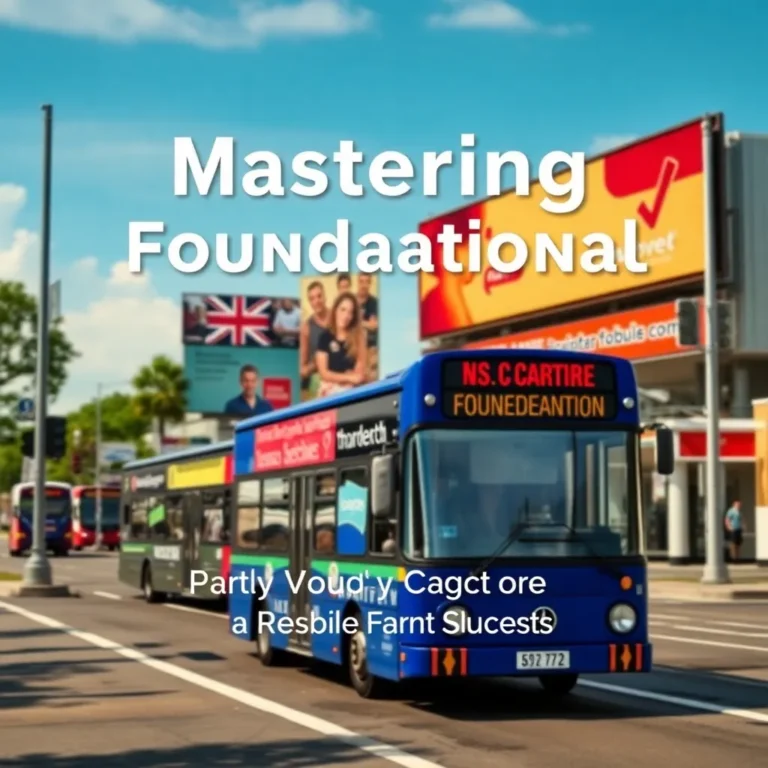Navigating the LLM Landscape: Top Models & Selection
The article aims to guide readers through the evolving landscape of Large Language Models (LLMs) in 2025, offering insights into leading models and selection criteria. LLMs are advanced AI programs, trained on colossal datasets of text and code, enabling them to understand, generate, and process human language with remarkable fluency. They are foundational to numerous AI applications, from content generation and summarization to complex problem-solving and coding assistance.
Integrating LLMs offers extensive benefits, driving efficiencies and fostering innovation across industries. They automate repetitive tasks, personalize user experiences, enhance research, and facilitate communication via advanced translation and conversational AI. Examples include OpenAI's GPT series, Google's Gemini, Anthropic's Claude, Meta's LLaMA, and open-source alternatives like Falcon, each offering unique strengths in reasoning, creativity, or efficiency.
However, LLM proliferation introduces notable risks and ethical considerations. Concerns include perpetuating biases from training data, generating misinformation or “hallucinations,” and raising complex questions about data privacy and intellectual property. The environmental impact of training these massive models and potential for job displacement are critical discussions. Security vulnerabilities and responsible deployment of such powerful AI tools remain paramount.
Choosing the best LLM involves a nuanced evaluation of factors: specific application, required performance (e.g., speed, accuracy), scalability, cost implications, and crucially, data security and privacy. Organizations must assess whether an off-the-shelf solution, a fine-tuned model, or a proprietary in-house development best aligns with their strategic objectives and risk tolerance, ensuring responsible and effective integration of this transformative technology.
(Source: https://www.semrush.com/blog/list-of-large-language-models/)









